 Categories
Categories 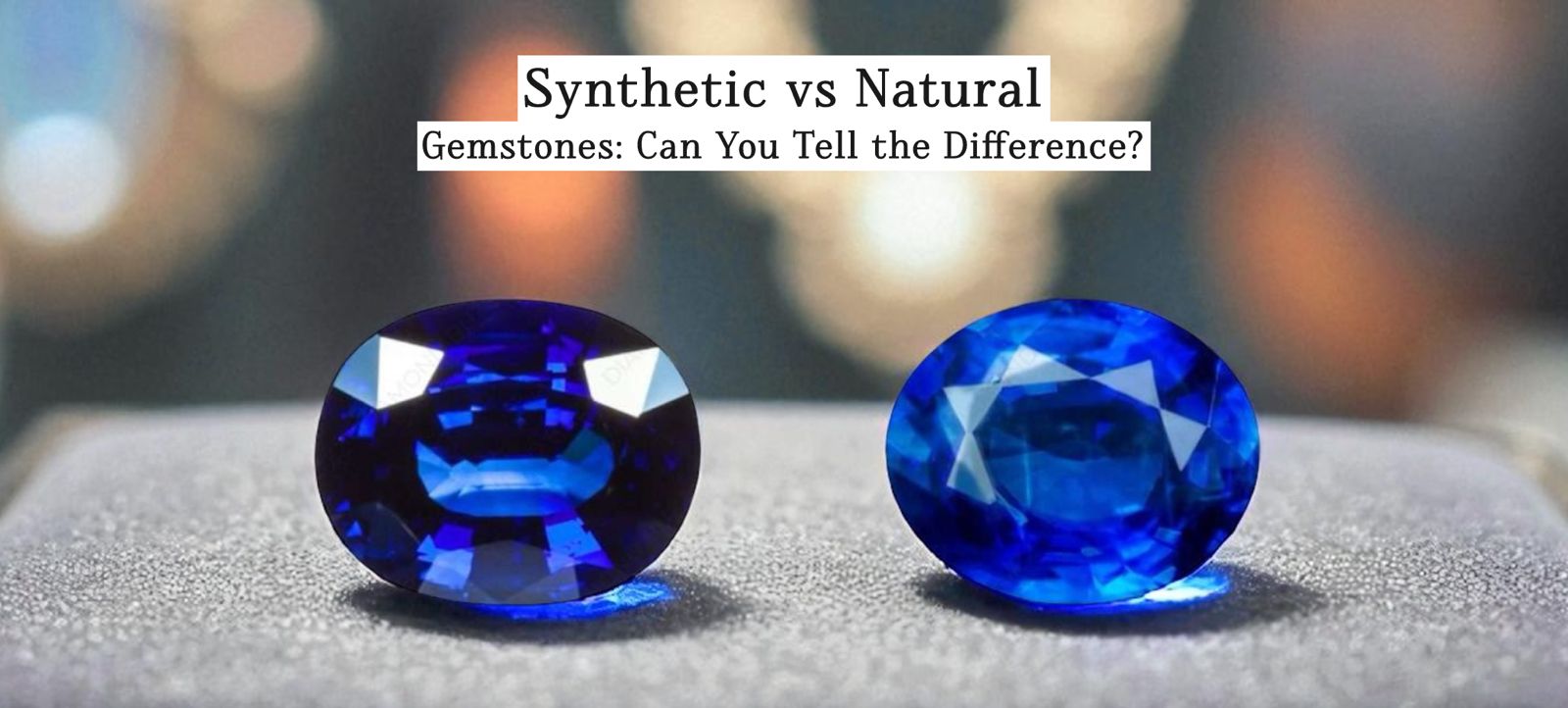
Gemstones are many times valued because of their beauty, rarity and symbolism. These glittering stones are a particular and sacred object in humanity, whether as a fashion accessory, their significance & symbolism, or as an investment. However, not every gemstone in the market is equal, and by that we mean literally. The conflict between artificial and natural gemstones has never been as topical as it is now with the emergence of the laboratory-grown counterparts.
So, what sets them apart? Is it possible to distinguish between a gemstone that has been formed over millions of years and one that is formed in a laboratory in several weeks? We are going to enter the interesting world of gemstones and find out the truth.
Natural gemstones are minerals that are created due to geological processes in the depths of the earth. These precious stones are formed by heat, pressure and chemical reactions over millions of years. They are extracted from the earth, and in most cases, they bear special imperfections known as inclusions, which reveal the history of their natural formation.
Natural gemstones are unique; each gemstone is formed under the influence of random forces of nature. They are very valuable and have emotional appeal since they are rare and naturally formed.
Synthetic gemstones are made in laboratories through very sophisticated technological processes that imitate the conditions under which natural gemstones are formed. These synthetic gems share the chemical composition, crystal structure and physical characteristics with their natural counterparts.
The synthetic jewels are not counterfeits, as many people may think. An artificial ruby stone is a ruby- it only did not grow on the Earth. The primary distinction is in their origin, and in many cases, their price and environmental impact.
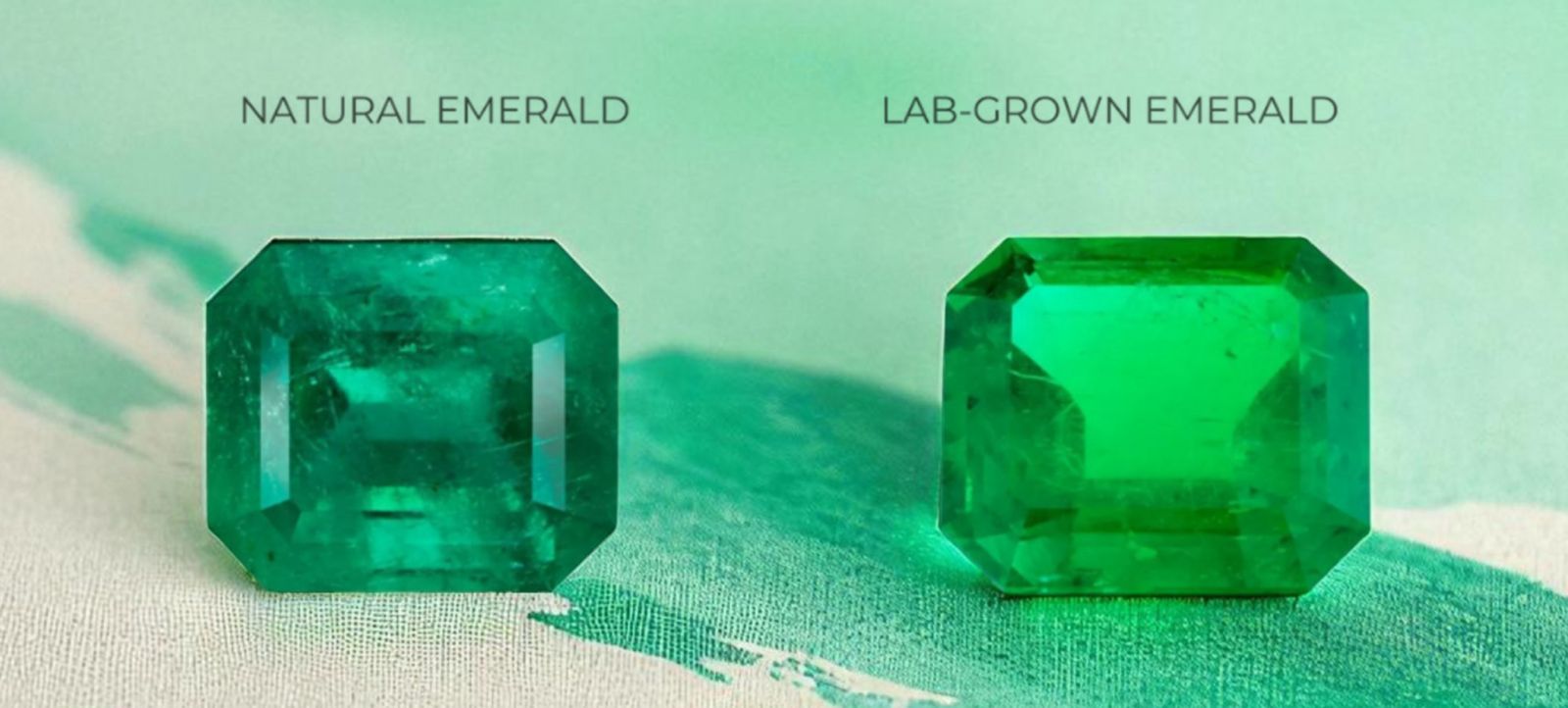
Feature | Natural Gemstones | Synthetic Gemstones |
Origin | Formed naturally over millions of years | Created in labs over days or weeks |
Appearance | Often includes imperfections/inclusions | Typically flawless and vibrant |
Value | Higher due to rarity and uniqueness | Lower due to mass production |
Ethical Impact | May involve mining and environmental concerns | Often considered more sustainable |
Identification | Requires expert gemological analysis | Can be indistinguishable to the naked eye |
Synthetic and natural gemstones may appear exactly the same to the naked eye.
Actually, the quality of synthetic gems can be richer in colours and clearer than the natural ones. The reason behind this is that the lab conditions facilitate a strict control of the formation of the gem, getting rid of the flaws and inconsistencies.
Nevertheless, gemologists have professional instruments and methods to determine the slightest variations:
Inclusions: Natural stones usually have small imperfections in them, whereas the synthetic ones tend to be perfect.
Growth Patterns: Under microscopic examination, growth lines may be found that are not typical of natural formation.
Spectroscopy: Sensitive tools enable the detection of trace elements and structure variations.
To consumers, the most effective means of having authenticity is to have them certified by recognised gemological laboratories such as GIA or IGI.
The ethical appeal of synthetic gemstones is one of the largest arguments that defend synthetic gemstones. Conventional methods of gemstone mining may include environmental destruction, unprotected labour and even conflict financing. Gems produced in laboratories are a cleaner substitute with less harmful effects on the environment.
But critics argue that the synthetic gems are not as emotional and historical as the natural stones. The love story of a diamond and coloured gemstones over billions of years is difficult to reproduce in the laboratory.
Natural gemstones are more likely to retain their value over a period of time because of their rarity and demand. They are commonly regarded as an investment property and family jewels. Although they are beautiful and cost-effective, synthetic gemstones do not tend to appreciate.
With that said, synthetic gems are appropriate with fashion-conscious consumers who desire to have the wealth of jewelry but at a lower cost. They are accessible and do not sacrifice aesthetics.
There is one more distinction that is beyond the synthetic vs natural gemstones controversy, and it is the treated and untreated gemstones. Natural stones are subjected to treatments in order to be made clearer or colored. The most prevalent ones are heat treatment, irradiation and dyeing.
Although the treated stones still qualify to be natural, it might have less value compared to untreated ones. The most important thing is transparency on the part of the sellers and buyers always need to enquire about treatments before buying.
It is up to your priorities to decide on the type of gemstones to use:
To the ethical and cost-conscious consumer: Synthetic jewels are beautiful and green.
To the collector and the romantics: Natural gemstones offer exclusivity and personal feelings.
To fashion lovers: It does not matter which one to take--just pay attention to style and quality.
Astrologically: Expert astrologers suggest that only natural gemstones have energies and powers to bring transformation in your life.
For Investment: Natural gems are becoming rarer and rarer, so they are the ones you need to invest in.
After all, both types belong to the world of jewellery. Informed choice, as well as personal preference, is the most important.
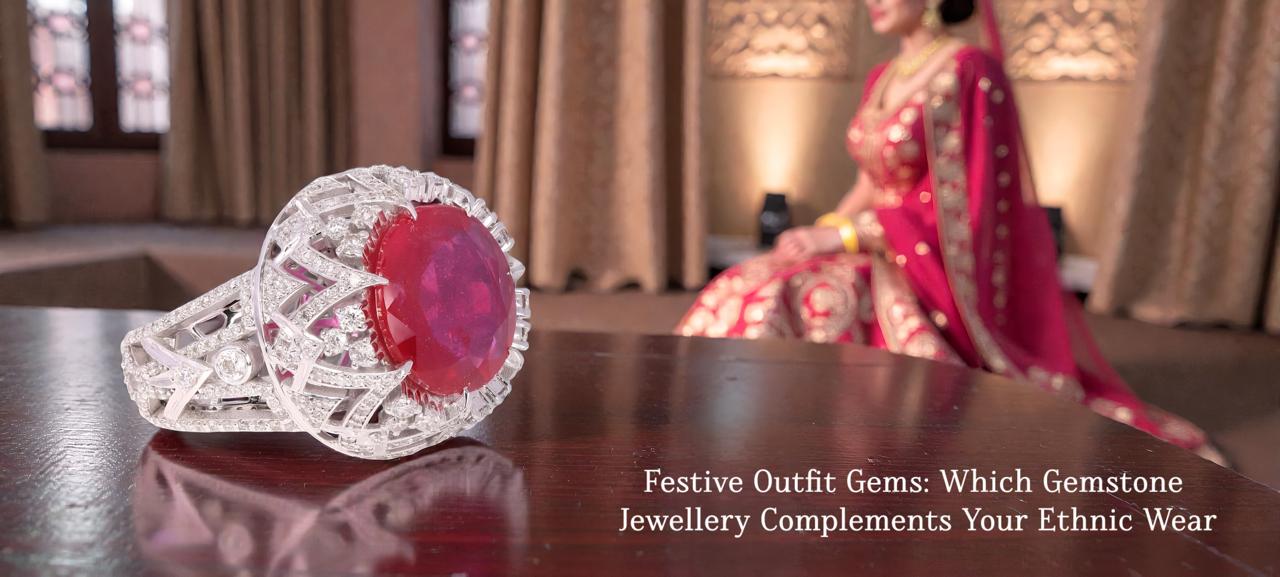
Festive Outfit Gems: Which Gemstone Jewelry Complements Your Ethnic Wear
November 24th, 2025
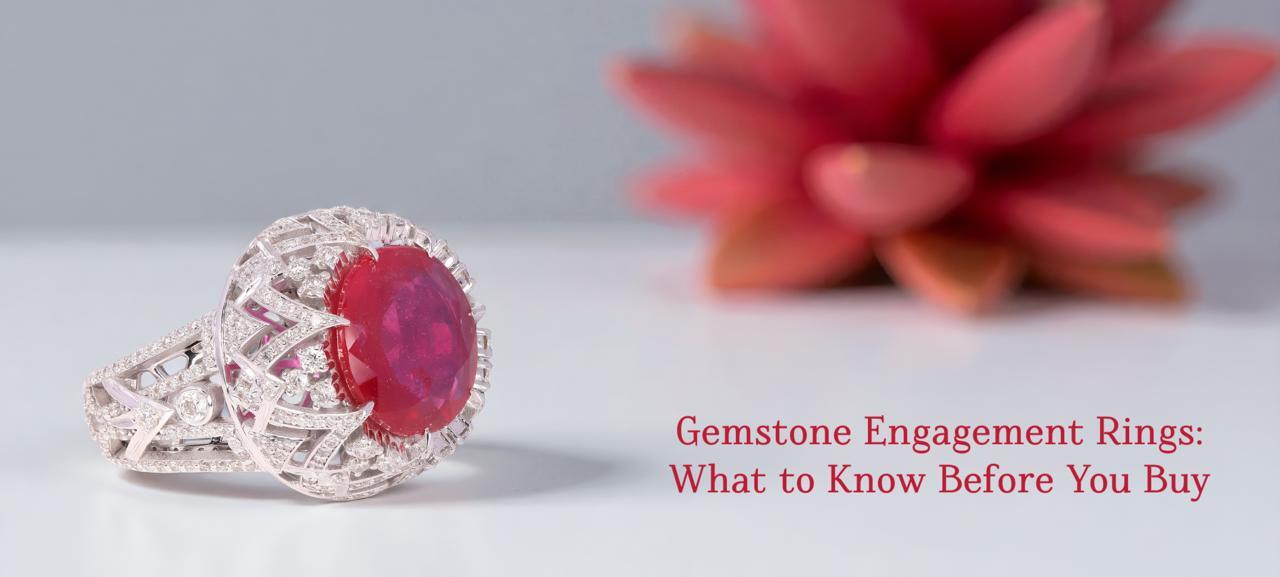
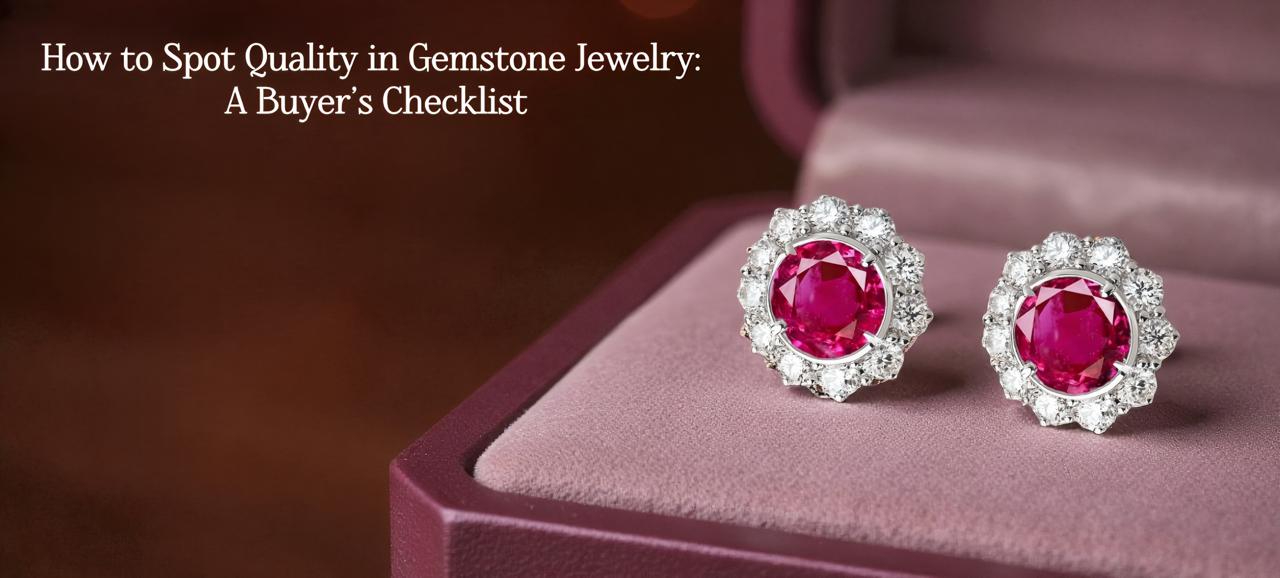
How to Spot Quality in Gemstone Jewelry: A Buyer’s Checklist
November 17th, 2025